Name Reiko Ohara Role Actress | Albums 愛のつづれ織り | |
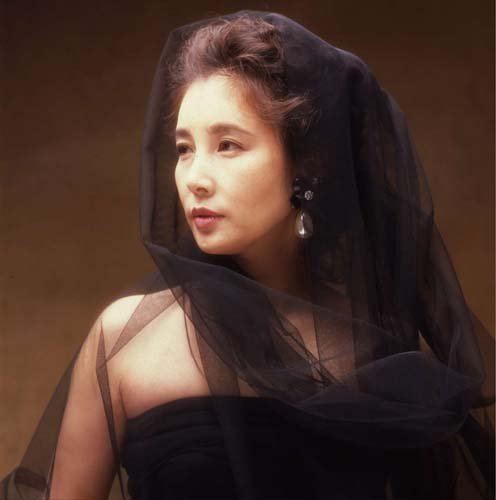 | ||
Died August 3, 2009, Setagaya, Tokyo City, Tokyo, Japan Movies and TV shows Shogun's Samurai, Tokugawa Yoshinobu Spouse Shinichi Mori (m. 1980–1984), Tsunehiko Watase (m. 1973–1978) Nominations Japan Academy Prize for Outstanding Performance by an Actress in a Supporting Role Similar People Tsunehiko Watase, Shinichi Mori, Ruriko Asaoka, Rina Uchiyama, Ken Takakura | ||
Reiko Ohara - Peacock Baby [JAP Victor]
Reiko Ohara (大原 麗子, Ōhara Reiko, November 13, 1946 – August 3, 2009) was a Japanese actress. Born and raised in Tokyo, she became a famous actress who appeared in dramas after graduating from high school.
Contents
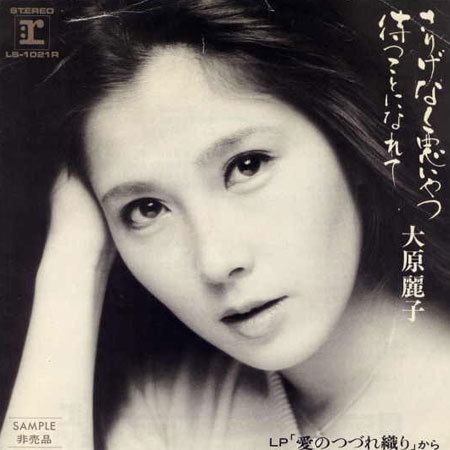
Early life
Ohara was born in 1946 to a family that sold Japanese confectionery in the Hongo area. Upon graduating from high school, she made her debut as an actress. Her popularity quickly rose through her appearances in what came to be called “trendy” dramas, including “Rikon Tomodachi” with actor Masakazu Tamura and “Kurenaizoku no Hanran.” She was voted “the most adored actress” 14 times, and many may still remember her famous line in a whiskey commercial, “sukoshi aishite, nagaku aishite.”
Personal life

She married twice, both times ending in divorce. Her first husband was actor Tsunehiko Watase whom she co-starred with; their marriage lasted five years. Two years later, in 1980, she married singer Shinichi Mori. Their high-profile wedding reception was held at the Imperial Hotel, costing 200 million yen. She divorced four years later. Again faced with the choice between her career and marriage, she chose to be an actress. At a press conference she commented on her separation, “I was also the ‘man.’ It was like having two husbands living together.”
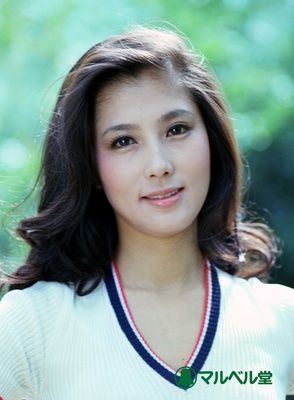
It was in summer of 1975 that she was diagnosed with Guillain–Barré syndrome. The ailment, as she described it, was a relentless recurrence of symptoms, which could only be contained with steroid medications. Additionally, she underwent surgery for breast cancer at the age of 46, and suffered from depression when her doctor, who had given her much emotional support, died.
Death
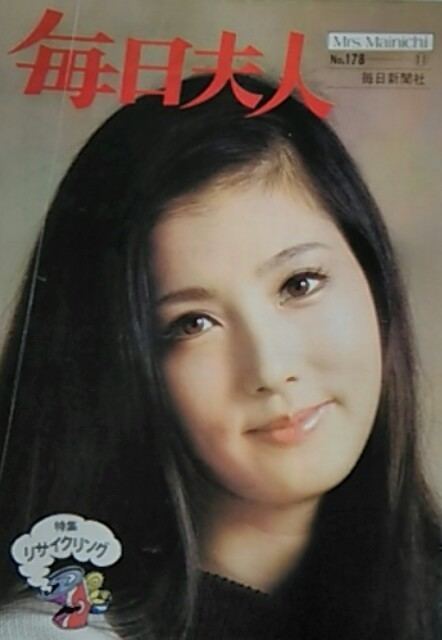
It was on Aug 6 that the actress was found dead in the bedroom of her home in Setagaya. Worried relatives had contacted the police when no one could reach her for two weeks. She had been dead for several days.
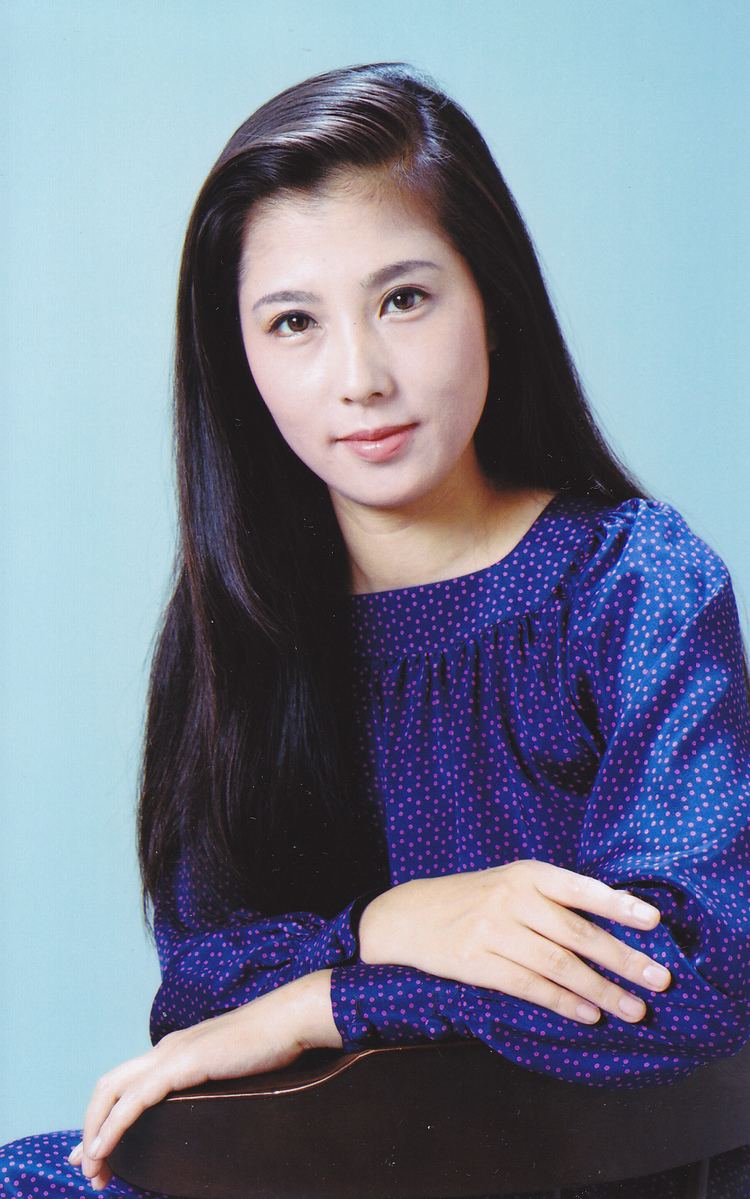
“When you think about her successful career in her younger days, and how the latter half of her life was filled with unfortunate events… she suffered breast cancer, depression, and took care of her elderly mother. Her battle with Guillain–Barré syndrome continued for 30 years. And ultimately, she died a solitary death. It’s simply too much,” said a long-time acquaintance at an entertainment agency, sighing with grief.

According to a source in the theatre business, “We were always worried about her, and why she was tormented by so much misfortune in her life. Toward the end of last year, she had another Guillain–Barré relapse, and broke her hand in two sections. She couldn’t wash her hair or apply make-up on her own.”
Another major concern in her life was her mother, who had heart problems, rheumatism and was wheelchair-bound. Ohara took care of her mother, bathing her and assisting her in the toilet regardless of the state of her own health. Her parents had divorced when she was 8 years old and her mother had raised Ohara on her own. The mother now resides in a nursing facility.
A friend who met with Ohara late last year described her visit: “I knew she wasn’t well, so I expected to see her looking very ill. But even without any make-up she was very attractive, with fair skin. The house appeared empty, though, and all the blinds were shut in every room. She gave me the impression that she hadn’t spoken to anyone in a long time, and seemed happy to talk about the good old days. She looked sad when I was about to leave. I offered to support her because her legs were so weak she’d stagger. The way she clung to me – I knew she must have been feeling very lonely. It was hard to say good-bye.”
